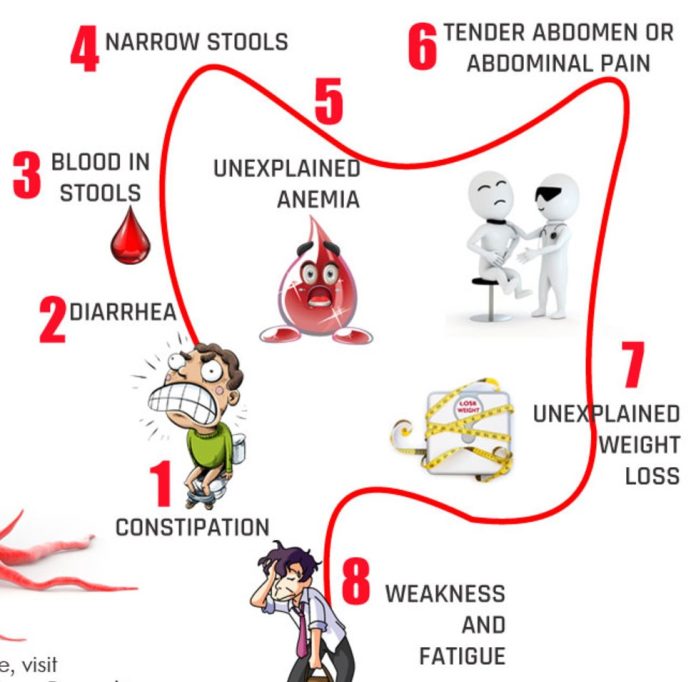- 20 million new cancer cases, 9.7 million deaths recorded in 2022
- Lung, breast, and colorectal cancers lead
 Latest figures from the World Health Organisation’s cancer arm, the International Agency for Research on Thursday [today] said there were an estimated 20 million new cancer cases and 9.7 million deaths in 2022.
Latest figures from the World Health Organisation’s cancer arm, the International Agency for Research on Thursday [today] said there were an estimated 20 million new cancer cases and 9.7 million deaths in 2022.
It also said cancer burden is growing, amidst mounting need for services, as over 35 million new cancer cases are predicted in 2050, a 77 per cent increase from the estimated 20 million cases in 2022.
The IARC said tobacco , alcohol and obesity are key factors behind the increasing incidence of cancer, with air pollution still a key driver of environmental risk factors.
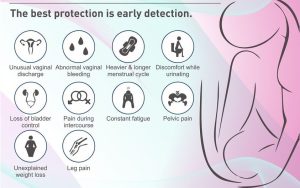
It also noted that the rapidly growing global cancer burden reflects both population ageing and growth, as well as changes to people’s exposure to risk factors, several of which are associated with socioeconomic development.
“In 2022, there were an estimated 20 million new cancer cases and 9.7 million deaths. The estimated number of people who were alive within 5 years following a cancer diagnosis was 53.5 million. About 1 in 5 people develop cancer in their lifetime, approximately one in 9 men and one in 12 women die from the disease.
“The global WHO survey on UHC and cancer shows that only 39 per cent of participating countries covered the basics of cancer management as part of their financed core health services for all citizens, ‘health benefit packages’.
Only 28 per cent of participating countries additionally covered care for people who require palliative care, including pain relief in general, and not just linked to cancer,” the news release on WHO’s website stated.
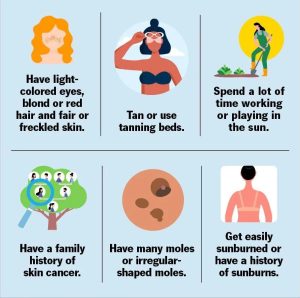
The agency noted that lung, breast, and colorectal cancers were the three major cancer types in 2022.
The new estimates available on IARC’s Global Cancer Observatory showed that 10 types of cancer collectively comprised around two-thirds of new cases and deaths globally in 2022. Data covers 185 countries and 36 cancers.
It explained that “Lung cancer was the most commonly occurring cancer worldwide with 2.5 million new cases accounting for 12.4 per cent of the total new cases. Female breast cancer ranked second (2.3 million cases, 11.6 per cent), followed by colorectal cancer (1.9 million cases, 9.6 per cent), prostate cancer (1.5 million cases, 7.3 per cent), and stomach cancer (970,000 cases, 4.9 per cent).
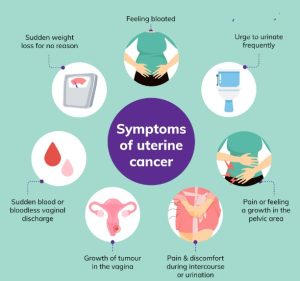
“Lung cancer was the leading cause of cancer death (1.8 million deaths, 18.7 per cent of the total cancer deaths) followed by colorectal cancer (900 000 deaths, 9.3 per cent), liver cancer (760,000 deaths, 7.8 per cent), breast cancer (670,000 deaths, 6.9 per cent) and stomach cancer (660 000 deaths, 6.8 per cent).
“Lung cancer’s re-emergence as the most common cancer is likely related to persistent tobacco use in Asia.”
It added that for women, the most commonly diagnosed cancer and leading cause of cancer death was breast cancer, whereas it was lung cancer for men.
Breast cancer was the most common cancer in women in 157 of 185 countries.
For men, prostate and colorectal cancers were the second and third most commonly occurring cancers, while liver and colorectal cancers were the second and third most common causes of cancer death. For women, lung and colorectal cancer were second and third for both the number of new cases and of deaths.

“Women in lower HDI countries are 50% less likely to be diagnosed with breast cancer than women in high HDI countries, yet they are at a much higher risk of dying of the disease due to late diagnosis and inadequate access to quality treatment,” explains Dr Isabelle Soerjomataram, Deputy Head of the Cancer Surveillance Branch at IARC.
WHO’s global survey of HBPs also revealed significant global inequities in cancer services. Lung cancer-related services were reportedly 4–7 times more likely to be included in a HBP in a high-income than a lower-income country.
On average, there was a four-fold greater likelihood of radiation services being covered in a HBP of a high-income than a lower-income country. The widest disparity for any service was stem-cell transplantation, which was 12 times more likely to be included in a HBP of a high-income than a lower-income country.
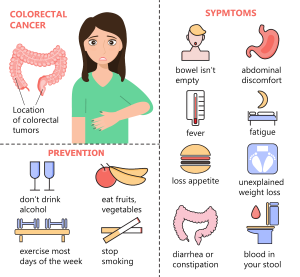
Parkland Natural Health
“WHO’s new global survey sheds light on major inequalities and lack of financial protection for cancer around the world, with populations, especially in lower income countries, unable to access the basics of cancer care,” said Dr Bente Mikkelsen, Director of the Department of Noncommunicable Diseases at WHO.
“WHO, including through its cancer initiatives, is working intensively with more than 75 governments to develop, finance and implement policies to promote cancer care for all. To expand on this work, major investments are urgently needed to address global inequities in cancer outcomes.”

